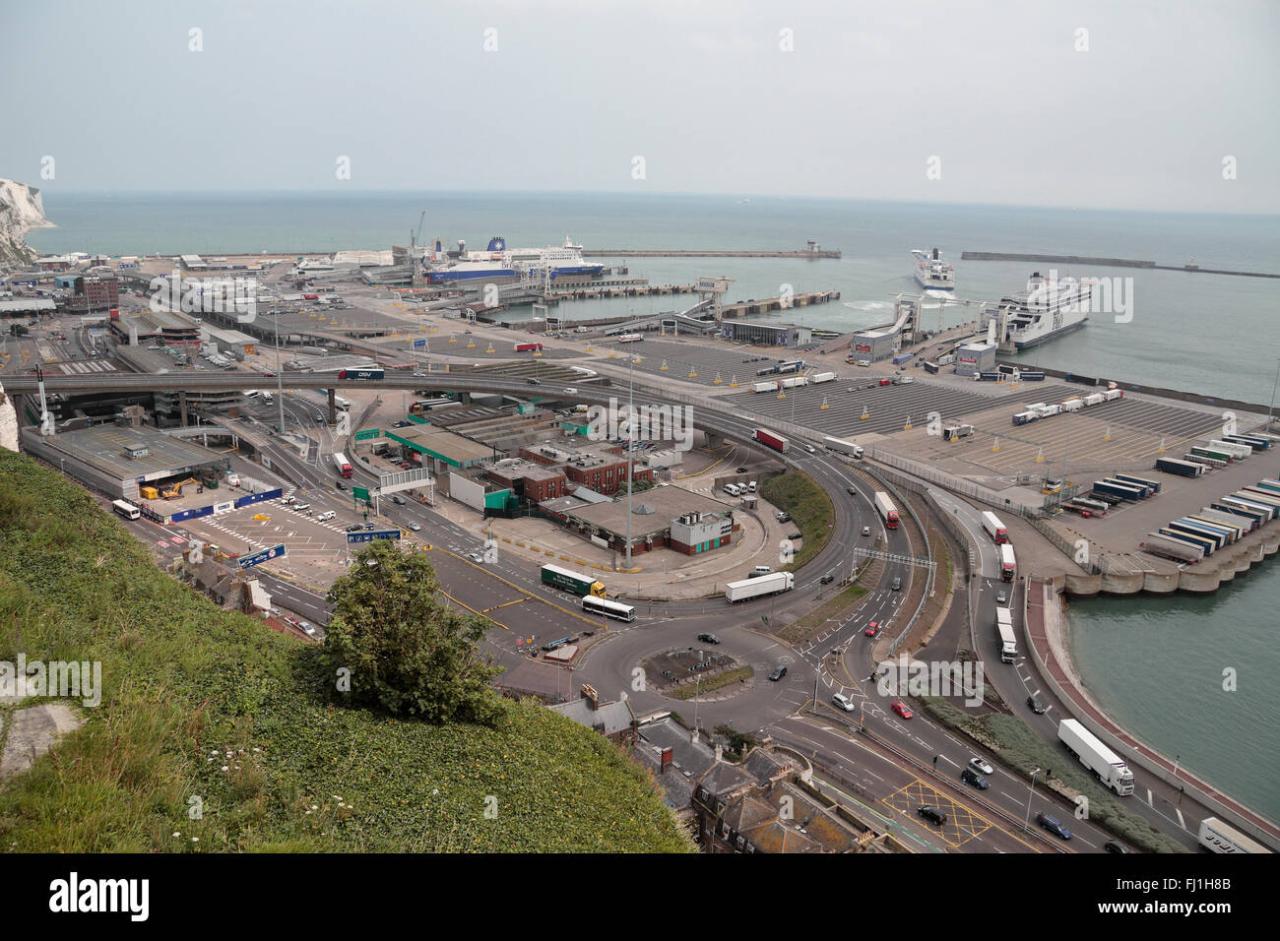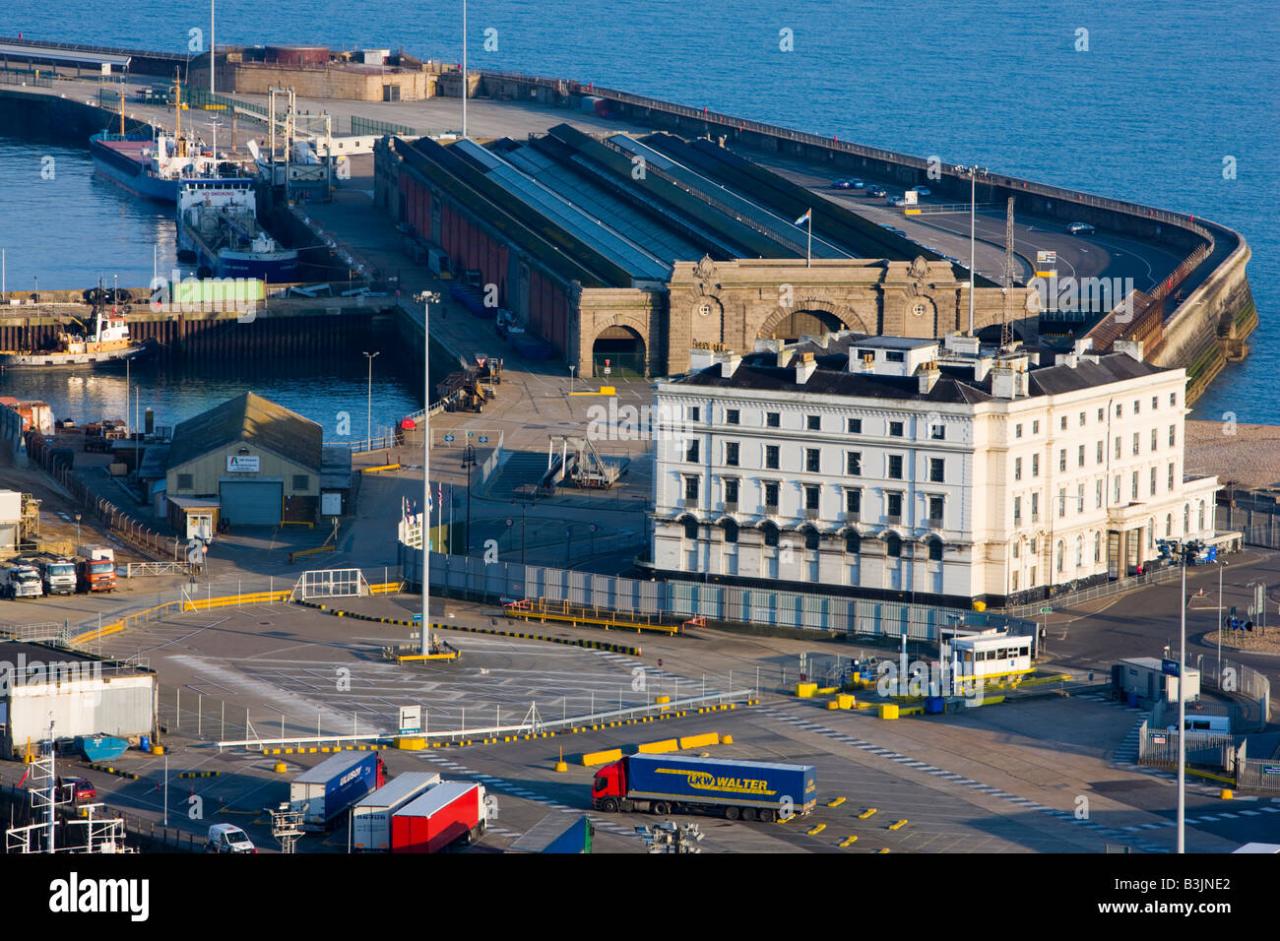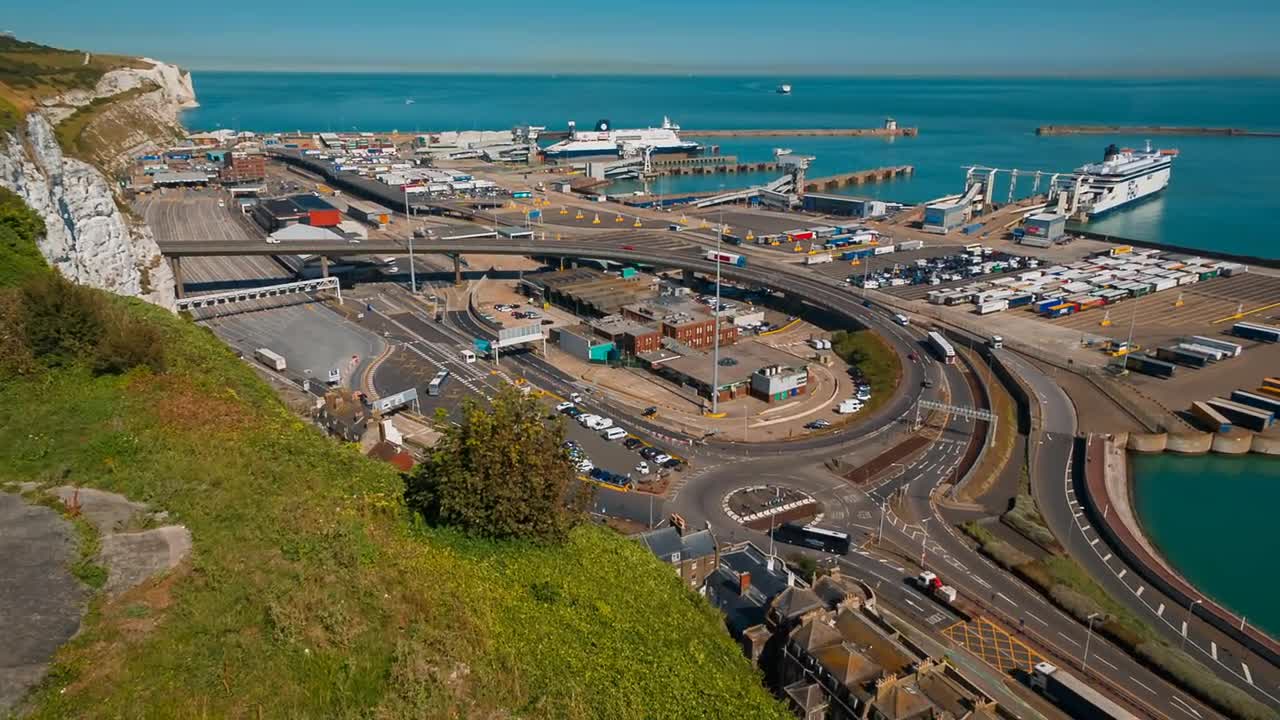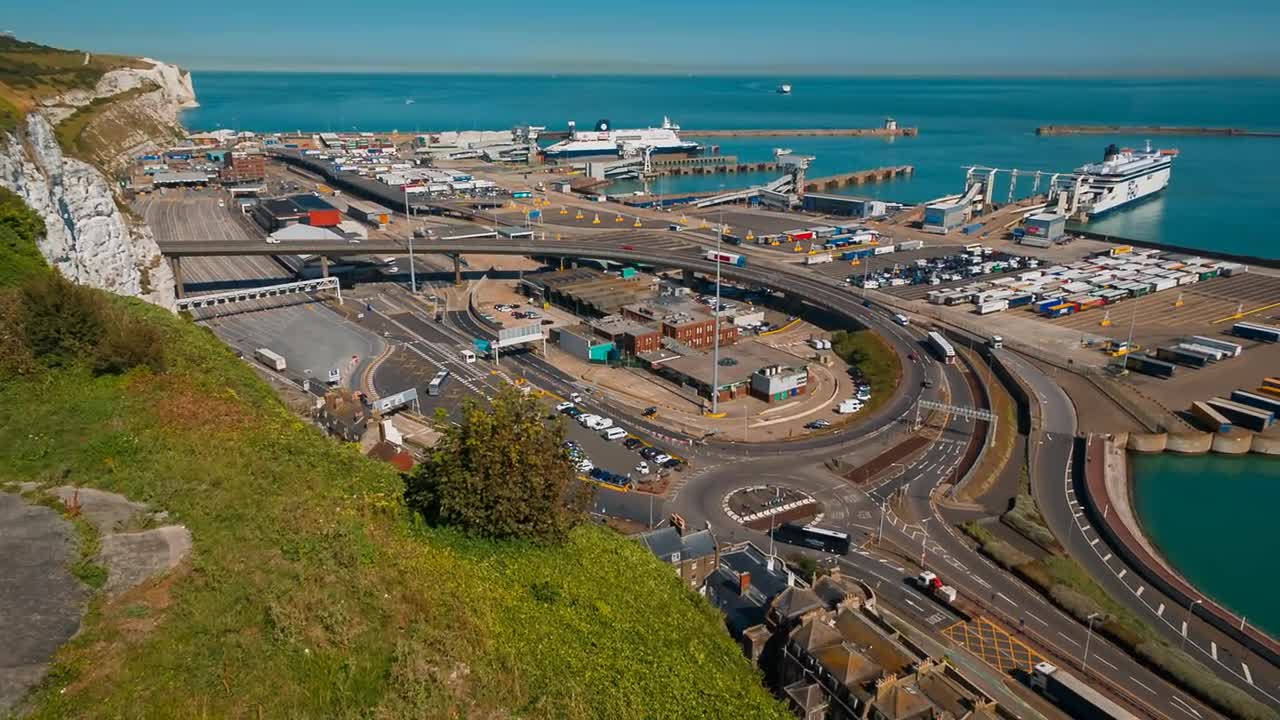Port Dover camera surveillance presents a multifaceted narrative, exploring the diverse uses of cameras within the community. From enhancing security and monitoring traffic flow to promoting tourism and capturing the town’s unique character, cameras play a significant role in shaping Port Dover’s image and daily life. This examination delves into the various types of cameras employed, their placement, the relevant regulations, and the broader impact on both residents and visitors.
We will analyze the technological underpinnings of these systems, weighing the benefits of enhanced safety and security against potential privacy concerns. The discussion will also explore how different camera technologies, such as high-resolution cameras for tourism promotion versus security cameras focused on crime prevention, offer contrasting perspectives of the town. Ultimately, we aim to provide a balanced perspective on the role of camera surveillance in Port Dover’s present and future.
Port Dover Camera Network: A Comprehensive Overview
Port Dover, a charming town on the shores of Lake Erie, utilizes a network of cameras for various purposes, impacting both its tourism and security. This overview examines the locations, types, usage, regulations, and technological aspects of these cameras, along with their broader societal implications.
High-quality aerial photography of Port Dover’s picturesque harbour is increasingly popular, and for good reason. The stunning views are best captured with advanced technology, such as the impressive capabilities offered by a drone like the black falcon 4k drone canada , which provides exceptional image resolution. Ultimately, the choice of camera system, whether a ground-based unit or a drone, will depend on the specific needs of the photographer and the desired perspective of Port Dover.
Port Dover Camera Locations and Types

Cameras in Port Dover are strategically placed across the town, focusing on areas of high foot traffic and potential security concerns. These locations vary considerably, encompassing tourist hotspots, business districts, and residential areas to a lesser extent. The types of cameras deployed also differ, reflecting their specific functionalities.
| Location | Camera Type | Estimated Resolution | Purpose |
|---|---|---|---|
| Main Street (tourist area) | High-resolution PTZ camera | 4K | Tourism promotion, security monitoring |
| Port Dover Harbour | Weatherproof CCTV camera | 1080p | Security, monitoring boat traffic |
| Intersection of Main and King Street | Traffic camera | 720p | Traffic monitoring, accident investigation |
| Local Businesses (various) | Security cameras (various types) | 720p – 1080p | Crime prevention, loss prevention |
Port Dover Camera Usage and Regulations

The usage of cameras in Port Dover is governed by a combination of municipal regulations and broader provincial privacy laws. While specific ordinances may vary, the overarching principle is to balance the benefits of enhanced security and surveillance with the protection of individual privacy rights.
Cameras are primarily used for security purposes, deterring crime and aiding in investigations. Traffic monitoring and tourism promotion are also key applications. Regulations often dictate camera placement, data retention policies, and access control protocols. For instance, cameras in public spaces must be clearly visible, and recordings should be securely stored and only accessed by authorized personnel. High-resolution cameras, particularly those with facial recognition capabilities, are subject to stricter regulations due to enhanced privacy implications.
Best practices for camera usage emphasize transparency and informed consent wherever feasible. Clear signage indicating camera surveillance is crucial. Data minimization, meaning only collecting necessary data, is another key aspect.
Impact of Port Dover Cameras on Tourism and Safety

The presence of cameras in Port Dover has a multifaceted impact on both tourism and safety. While increased surveillance enhances security, deterring crime and providing a sense of safety for visitors and residents, some may view it as intrusive. The potential for improved safety and security, however, generally outweighs these concerns for many.
- Arguments for Increased Surveillance: Enhanced safety and security, crime deterrence, improved traffic management, assistance in investigations.
- Arguments against Increased Surveillance: Potential for privacy violations, chilling effect on free expression, possibility of misuse of data.
Visual Representation of Port Dover Through Camera Lenses
A security camera capturing a scene on Main Street at night might show a dimly lit street, with blurred figures walking past shops. The angle might be slightly elevated, showing a portion of the street and the facades of buildings. The image would likely be grainy and low resolution, focusing primarily on capturing movement and identifying potential threats.
In contrast, a high-resolution tourism-focused camera capturing the same scene would showcase the vibrant architecture of the buildings, the lively atmosphere, and the beauty of the night sky. The lighting would be well-balanced, highlighting details and colors. The angle would be chosen to emphasize the aesthetic appeal of the location, possibly capturing a wider view or focusing on specific architectural elements.
The image would be sharp, high-resolution, and suitable for promotional materials.
The key difference lies in the intended purpose: security versus aesthetics. The security camera prioritizes functionality over aesthetics, while the tourism camera prioritizes aesthetics and visual appeal.
Technological Aspects of Port Dover Cameras
Port Dover likely employs a mix of camera technologies, reflecting advancements in surveillance systems. The specific technologies used might include IP cameras, CCTV systems, and potentially even facial recognition technology in specific, controlled areas.
- IP Cameras: Advantages: Network connectivity, remote monitoring, high resolution. Disadvantages: Higher initial cost, requires network infrastructure.
- CCTV Cameras: Advantages: Relatively low cost, simple installation. Disadvantages: Limited functionality, often lower resolution, restricted viewing area.
- Facial Recognition Technology: Advantages: Potential for improved security and identification. Disadvantages: Significant privacy concerns, potential for bias and misidentification.
Advancements in camera technology, such as AI-powered analytics and improved image processing, could lead to more efficient and effective surveillance systems in Port Dover. This might include automated alerts for suspicious activity or improved traffic flow management.
In conclusion, the presence of cameras in Port Dover is a complex issue with significant implications for safety, tourism, and community well-being. While enhanced security and effective traffic management are clear benefits, careful consideration must be given to balancing these advantages with the need to protect individual privacy rights. Further discussion and potential adjustments to existing regulations may be necessary to ensure a future where technology serves the community effectively and responsibly.
FAQs: Port Dover Camera
What types of data do Port Dover cameras typically record?
Depending on the camera type and its intended use, data may include visual recordings, timestamps, and potentially metadata such as location data. Specific data types are subject to regulations and the camera operator’s policies.
The Port Dover camera network, while generally focused on local events, sometimes captures unexpected aerial activity. This raises questions about airspace security, especially considering recent incidents like the nj drone shot down , which highlighted the potential risks of unauthorized drones. Understanding these risks is crucial for improving the safety and effectiveness of the Port Dover camera system’s surveillance capabilities.
Who has access to the footage recorded by Port Dover cameras?
Access to camera footage is typically restricted to authorized personnel, such as law enforcement, municipal officials, or private business owners. Access protocols and data retention policies vary depending on the specific camera system and its owner.
Are there any public access points to view Port Dover camera footage?
Generally, public access to Port Dover camera footage is limited or non-existent due to privacy concerns and potential security risks. Requests for specific footage are usually handled on a case-by-case basis, often requiring a legal warrant.
